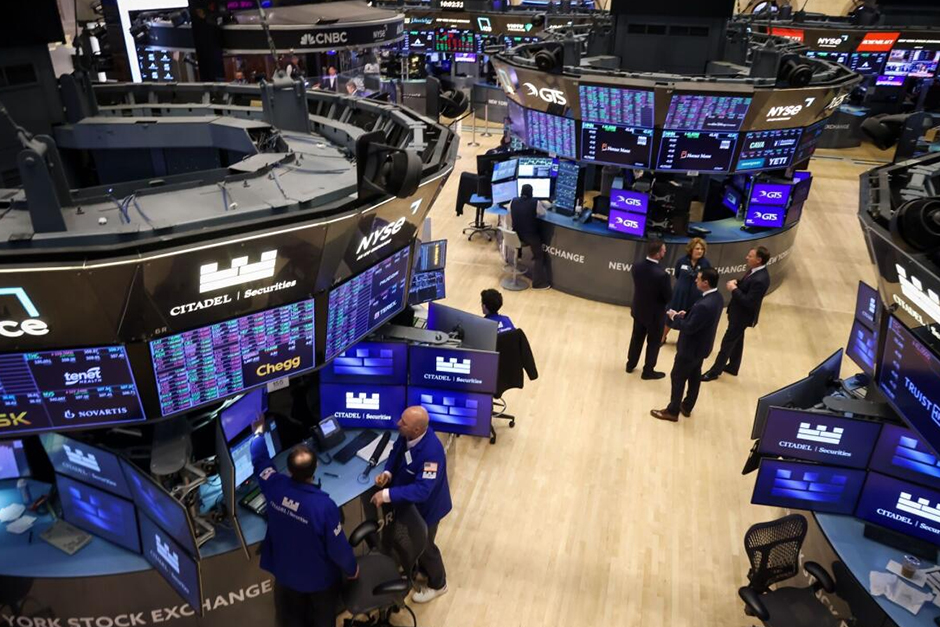The usually dynamic Asian markets are currently painting a picture of prudence, with many traders opting for caution rather than aggressive plays. A palpable sense of anxiety regarding the tech sector’s lofty valuations and the specter of economic disruptions, like government shutdowns, is prompting a notable shift towards safer havens. This isn’t a retreat, but rather a strategic repositioning, a calculated pause reflecting a heightened awareness of underlying risks.
The Tech Tangle: Valuations and Regulatory Shadows
The once-unassailable tech sector, a darling of investors for years, is now viewed with a discerning, somewhat skeptical eye across Asian trading desks. Concerns over inflated valuations, combined with a tightening regulatory environment in key Asian markets and the global impact of rising interest rates on growth-oriented companies, are weighing heavily. The days of simply buying into any promising tech startup and expecting exponential returns appear to be fading, replaced by a more fundamental-driven approach.
Many traders are recalling past bubbles and the swift, brutal corrections that followed. The current climate, with its blend of high interest rates making future earnings less valuable and increased scrutiny from governments worldwide, particularly in China, has created a perfect storm for caution. “It’s no longer about chasing the next big tech unicorn; it’s about preserving capital,” remarked Ming Li, a seasoned portfolio manager based in Hong Kong. “The easy money in tech feels like it’s behind us, at least for now. We’re seeing more profit-taking and a rotation into less volatile sectors.“
Macro Winds and Shutdown Shadows: A Broader Economic Chill
Beyond the specific anxieties surrounding technology, a broader tapestry of macroeconomic uncertainties is contributing to the cautious stance. The recurring threat of government shutdowns, particularly in major global economies, casts a long shadow, hinting at potential disruptions to economic activity and market stability. Such events, even if short-lived, introduce unpredictable variables that can impact consumer confidence, supply chains, and investment decisions globally.
Coupled with persistent inflationary pressures and the ongoing trajectory of interest rate hikes, the outlook for sustained growth appears increasingly nuanced. Higher borrowing costs tend to dampen business expansion and consumer spending, directly impacting corporate earnings and, consequently, stock market performance. Geopolitical tensions further complicate the picture, making long-term bets feel riskier than usual. In response, many Asian traders are diversifying their portfolios, increasing cash positions, and looking towards traditional defensive sectors like utilities, consumer staples, and even precious metals as a hedge against volatility.
Conclusion: Prudence as the Playbook
In essence, Asian traders are demonstrating a masterclass in risk management, prioritizing stability over aggressive growth plays. This cautious pivot isn’t merely a fleeting trend; it reflects a considered response to an intricate web of tech-specific challenges and overarching macroeconomic anxieties. From the lofty heights of tech valuations to the potential for economic shutdowns, the signals are clear: it’s time to batten down the hatches and navigate the choppy waters with extra care.
While this strategy might mean foregoing some short-term gains, it’s a clear signal that prudence and capital preservation are the watchwords until clearer skies emerge across the global economic landscape. For now, playing it safe is not just a preference, but a strategic imperative for many astute investors in Asia.




